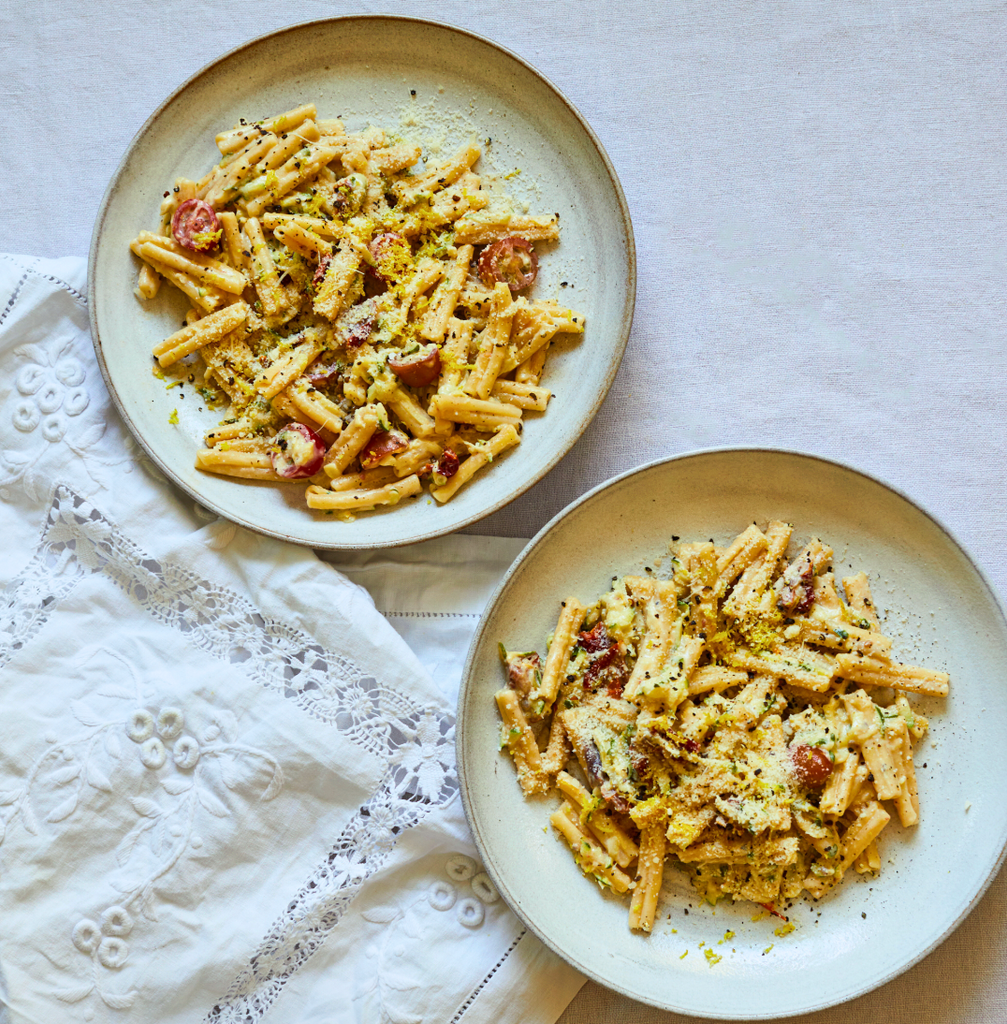Although the food you make will depend on your dosha (as you’ve probably guessed by this point), here are a couple of our favourite Ayurvedic recipes.
Lentil Dhal - Since lentils are on all of the shopping lists for each dosha (with black lentils being preferred for pitta dosha), this is a great Ayurvedic recipe to try.
Ingredients:
- 1 tablespoon coconut oil
- 1 sweet onion diced
- 5 cloves garlic minced
- 1 sweet potato diced very small
- 1 bell pepper any colour, diced
- 1.5 cups red lentils
- 4 cups water
- 1 cup coconut milk
- 2 teaspoons coriander
- 2 teaspoons turmeric
- 2 teaspoons curry powder
- 1 tablespoon ground ginger
- 1 14 oz No-Salt-Added Diced Tomatoes
- 1 tablespoon tamari or gluten-free soy sauce/coconut aminos
- 1/8 cup cilantro chopped
Instructions:
In a large pot, heat oil and sauté onion and garlic for 3 minutes. Add the sweet potatoes, bell pepper (or vegetables of your choice) and sauté for 5 more minutes.
Add lentils, coriander, turmeric, curry powder, ginger, tomatoes, soy sauce, coconut milk, and water to the pot. Bring to a boil, then reduce the heat to low. Continue to cook for 30 more minutes, stirring occasionally until lentils and sweet potatoes become soft.
When the dahl begins to thicken, take a whisk and break down the sweet potato to combine with the lentils. Serve over rice and top with fresh herbs and red pepper flakes, if using.
Credit
Ayurvedic Buddha Bowl
Quick, easy, nourishing, and also containing lentils, this Ayurvedic Buddha Bowl is an absolute treat.
Ingredients:
- 3 cups cooked brown rice
- 1 cup lentils
- 2 cups vegetable stock
- ½ teaspoon ginger
- 2 cinnamon sticks
- 2 teaspoons cumin
- ½ teaspoon sea salt + more to taste
- ½ teaspoon fresh black pepper + more to taste
- 1 teaspoon turmeric
- 1 small head collard greens, cut into ribbons
- 1 ½ cup shredded carrots
- 1 cup red cabbage, sliced thinly
- 1-3 teaspoons minced garlic
- Coconut oil for cooking
- Optional: lime wedges, gluten free tamari
Instructions:
- Combine lentils, vegetable stock, ginger, cinnamon sticks, cumin, sea salt, black pepper and turmeric in a large saucepan. Simmer over medium heat until cooked thoroughly. Add additional stock if needed to cook until tender.
- Add coconut oil to the saute pan and add collard greens, shredded carrots and red cabbage and garlic. Season with sea salt and pepper to your taste. Cook over medium heat until cooked through.
- Serve bowl with rice, lentils and veggies. Top with lime juice or gluten-free tamari if desired.
Credit



















